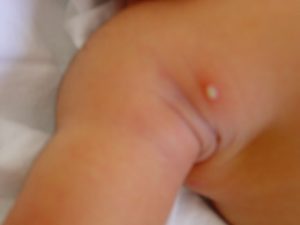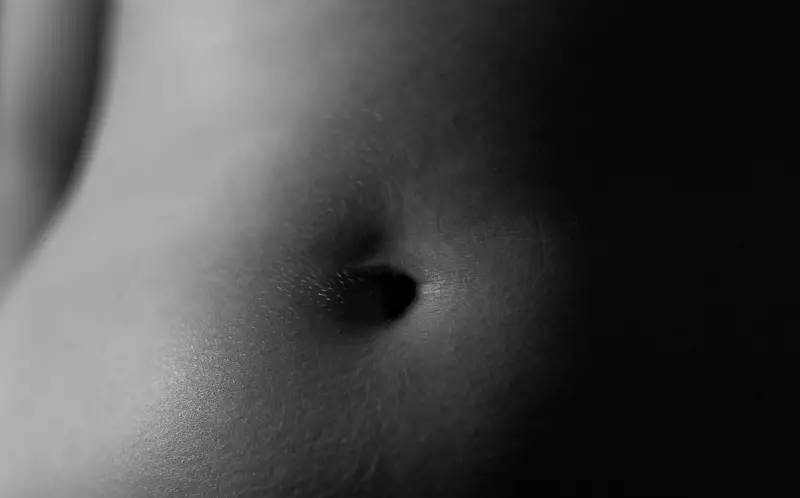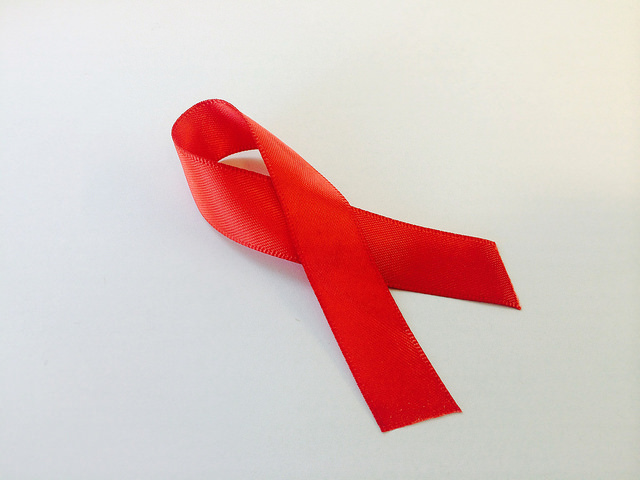
Yeast infections, also known as fungal infections, are infections due to any organism from the Candida species. Candida is a kind of fungus from the genus Yeast. Yeast infections are medically termed as Candidiasis or Moniliasis.
Despite the fact that yeast infections are most often mild, they have the capacity to affect anything in the body from skin to mucus membranes, from individual organs to full blown multi-systemic affections. Systemic candidiasis is usually confined to severely immune-compromised (poor immune system) patients having AIDS, cancer, steroid therapy or immune-suppressants. It is an opportunistic infection that only affects patients with a low immunity.
Normally, yeast organisms are present on the skin of even healthy individuals without causing any harm, in symbiosis with life. In such people, the immune system is strong enough to combat and prevent the disease. As soon as any patient’s immunity goes low, these organisms get an opportunity to manifest the infection. In case of a diabetic person, if the blood sugar is high, the altered immune system allows growth of yeast on the skin, genitals and in the throat. If people are on long term antibiotic treatment, then the normal flora and fauna (bacteria) get killed due to the excessive dose and the fungal organisms begin to flourish easily. Also, people who sweat profusely tend to have fungal infections over armpits, neck, groins etc. People who wear wet clothes for long hours also tend to get infected. Some people get yeast infection between the toes as they tend to wear socks and due to excessive sweat end up wearing wet socks all day long. In these cases, though the person is healthy, the yeast multiplies in damp atmosphere, warmth and moisture that is available in skin folds/wet clothes. Hence, it is necessary to maintain adequate cleanliness and wear dry clothes.
Yeast infection can be classified into three varieties as affecting skin, mucus membrane or an organ system. Cutaneous variety has infections over skin, nails, hair, peri-anal (around anus), etc. Mucus membrane infection occurs orally and is called as thrush; vulvo-vaginal region in females and genitals in males. Systemic infection occurs either in one organ or multiple systems through blood stream.
Clinically, the symptoms are intense redness and itching over affected areas, scaling over lesions, and a lot of discomfort. In females, there is intense itching about the vagina, redness and swelling of the linings of vagina and clitoris, burning sensation while urination, pain and discomfort experienced while having intercourse, and irritation of parts. Rubbing due to undergarments causes further pain and itching. Whitish, curdy discharge escapes from the vagina and is very offensive smelling. In males, there is burning during urination and pain while retraction of foreskin. There is presence of offensive, cheesy, white discharge under the fore-skin. Other infections too cause pain but it is controlled easily by analgesics (painkillers), but in a yeast infection, the genitals are raw and painful due to the itching and hurt even while walking. This cannot be curbed by painkillers but local anti-fungal applications might help give some relief.
Treatment for yeast infection consists of oral medications and local applications. Applications like anti-fungal creams and anti-fungal powders are employed whereas orally, medications like fluconazole are used. These will cure the infection and thereby, the itching and rawness will subside.
Summary: One should immediately consult a doctor on knowing there is pain and discharge from the genitals as it can worsen if left untreated. Yeast infections hurt a lot because the affected areas become raw due to intense itching.












Leave a Reply